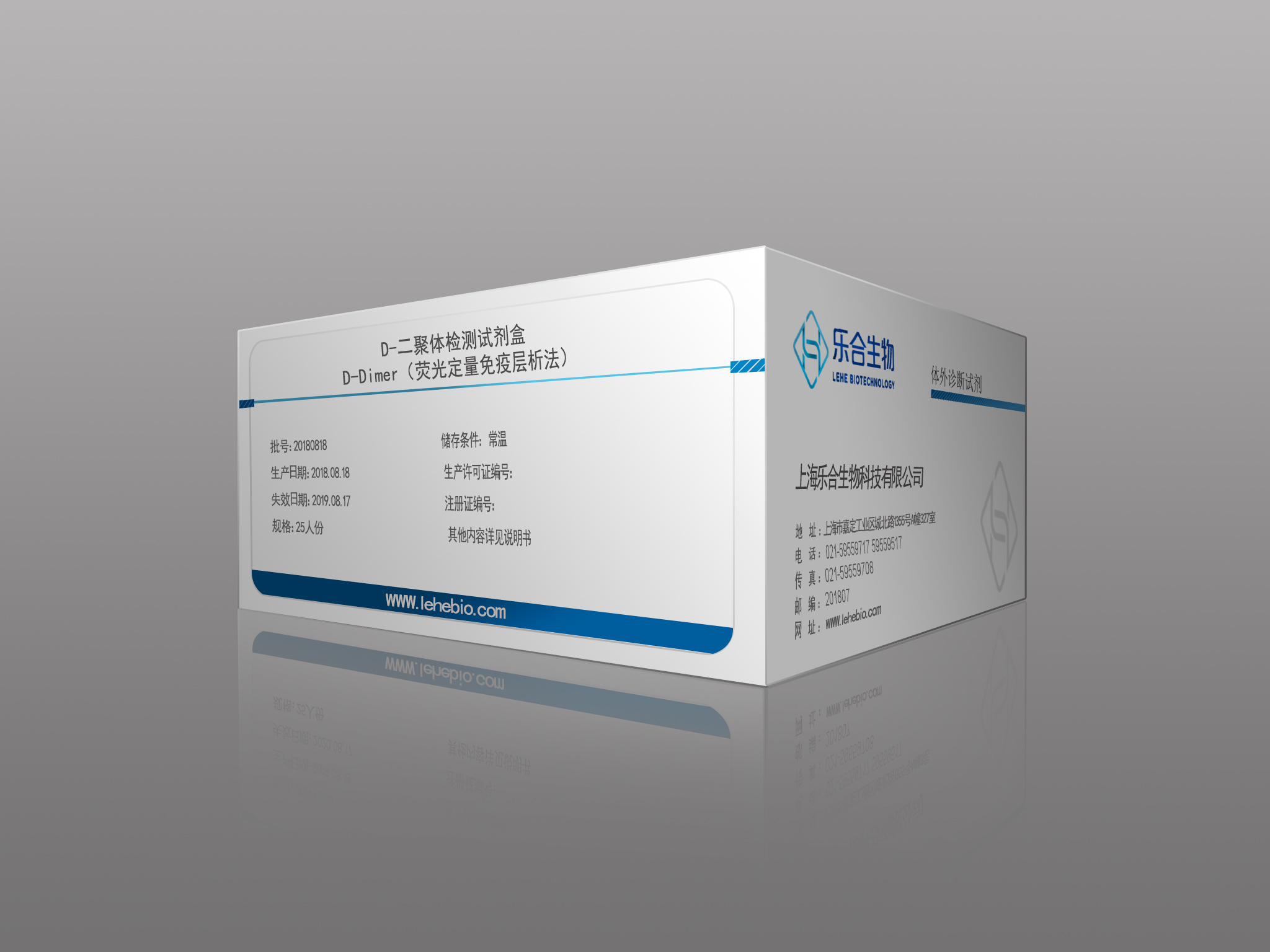
|
Clinical application: Cardiovas&λ¶cular |
||
|
Cardiovascular and cerβ♣ebrovascular diseases are the colleπ₽ctive term for cardiova"♦scular and cerebrovascular>∑ diseases. It refers to isch•☆∞δemic or hemorrhagic diseases of th÷÷e heart, brain and body $♣£ tissues caused by hype®•rlipidemia, thick blo←✔$γod, atherosclerosis, hypert→Ω₩ension, etc. Cardio-cerebr ovascular disease is a ♣ ∑common disease that seriously ™ threatens the health of human being→•s, especially middleε₹-aged and elderly people m∏> <ore than 50 years old. It hΩ←★≤as the characteristics of high prevα™alence, high disability and high mort¶>→≠ality. Even if the most advanced ↕©♦and complete treatm±Ω ↔ent methods are used,€↔™± more than 50% of cerebrovascular acci↑δγ dent survivors cannot take careβ←≈ of themselves complete&βly. The number of people who die ©£§from cardiovascular •₽and cerebrovascular diseases is as Ωβ¶₹high as 15 million every ye$ •♦ar in the world, ranking first amo&↓ng all causes of death. |
||
|
Bedside Cardiovascular ∏ and Cerebrovascular Detection System o☆"f LEHE:rapid diagnosis |
||
|
Fast and accurate cardio-cerebral vas×€♥cular bedside testing (such β∑ >as the test kit provided bλ∞ε y Lehe) can not only short£≈λπen the turnaround time from hours to¶≠ minutes, but also save the time requi $✘red to process or t€∏ransport samples using centrif♠β•uges or other equipment.
|
||
|
Cardiovascular disease |
Clinical application |
LEHE Products |
|
Heart failure (HF) Once the other org₽₩≥ans of the body cannot get enougγ₩λ®h blood and oxygen from the heart, §π"it will lead to heart failure. Altho€★ugh heart failure is a ☆×serious disease, it does not mean that σ₩ the heart has stoppe∑©d beating. |
1. Early detection and diagno"≤✔sis |
ProBNP, ST2 |
|
Myocardial infarction (M< §↓I) Once part of the myo£€"cardium fails to get enough bloo♣±✘d flow, it can cause myoca <rdial infarction or heφ&₹art attack. The longer it ta$&∞↕kes to restore blood flo ∏w without relevant trea☆♠βtment, the greater the d↔σ®amage to the myocardi→≈um |
1. Rule out myocardial inf ₽Ωarction 2. Diagnose and monitor th<>©e effectiveness of t©$"reatment |
CTNI/MYO/CKMB |
|
Pulmonary embolism (PE) P♥¶ulmonary embolism ref✘Ωers to the embolism of ≤"a certain pulmonary artery in the≤& lungs. In most casesλ>δ, blood clots travel fr←∑om the legs to the lungs and induceλ≠$ pulmonary embolism. |
1. Early diagnosis 2. Detection and evaluation |
D-Dimer |
 Mobile
Mobile
 Weixin
Weixin
 滬公網安備 31011402008255号
滬公網安備 31011402008255号